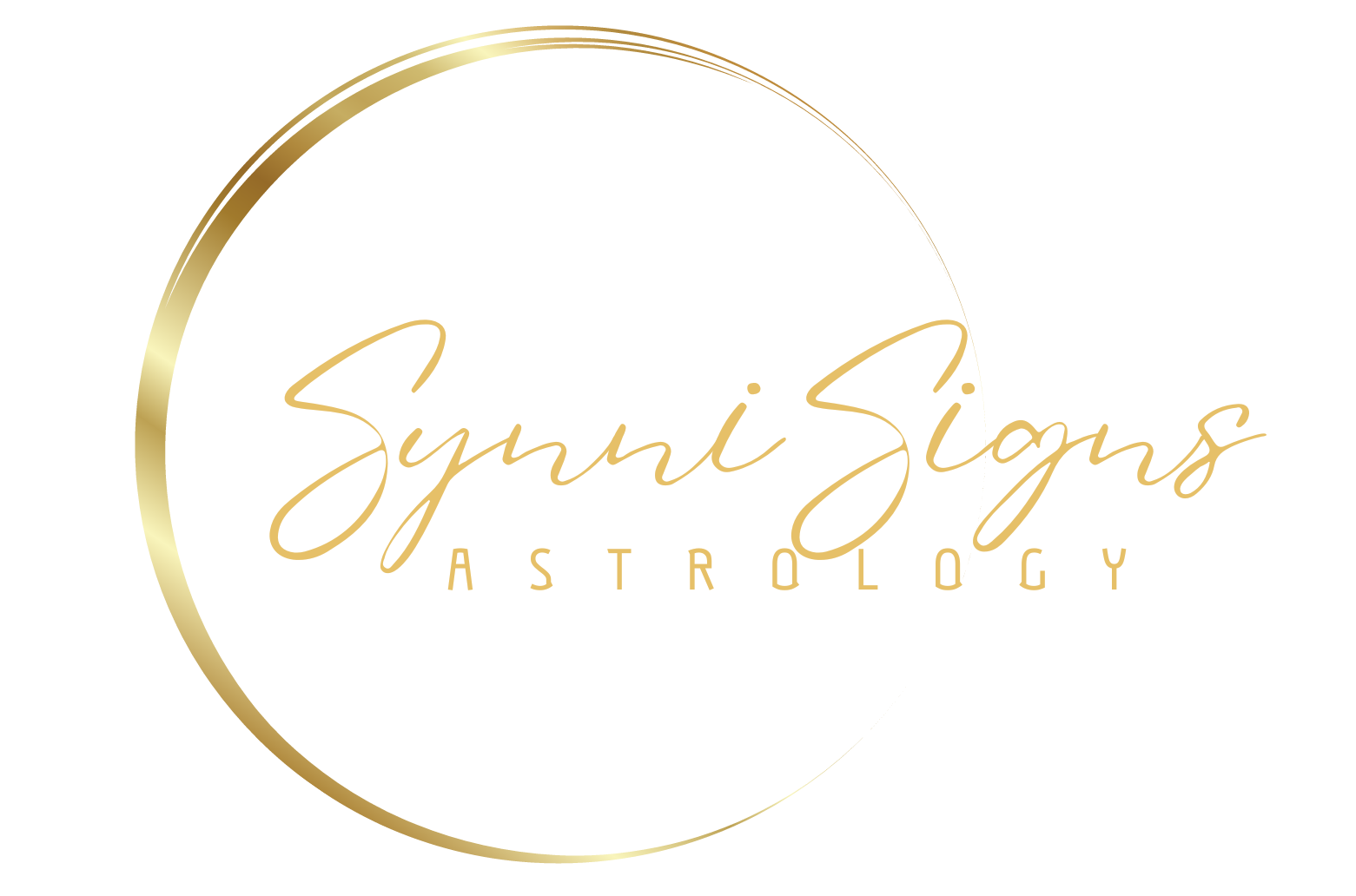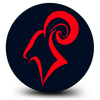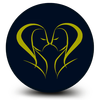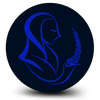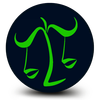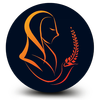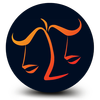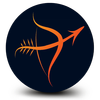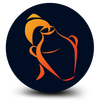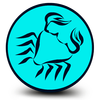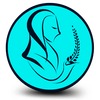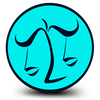The History of Astrology
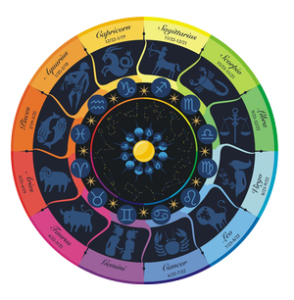
Astrological beliefs, which draw connections between celestial observations and earthly events, have significantly impacted human history. These influences extend to worldviews, language, and various facets of social culture.
Among Indo-European peoples, astrology has a long history, dating back to the 3rd millennium BC. Its origins lie in calendrical systems used to predict seasonal changes and interpret celestial cycles as divine messages. Until the 17th century, astrology held a scholarly status, significantly influencing the development of astronomy. It enjoyed widespread acceptance in political and cultural circles, and its principles were even applied in other traditional fields like alchemy, meteorology, and medicine.
However, as scientific concepts emerged—such as heliocentrism—they challenged the theoretical foundations of astrology. By the late 17th century, astrology lost its academic credibility and was relegated to the status of a pseudoscience. Empirical scientific research has consistently demonstrated that predictions and recommendations based on astrological systems lack accuracy and reliability.
During the 20th century, astrology experienced increased consumer appeal thanks to the widespread influence of mainstream media offerings like newspaper horoscopes.
In its broadest interpretation, astrology delves into finding human significance in the heavens, aiming to comprehend both general and specific human behavior by considering the influence of planets and celestial bodies. Scholars contend that astrology originated as a discipline as soon as humans consciously endeavored to measure, document, and forecast seasonal changes based on astronomical patterns.
Early evidence of such practices manifests in markings found on bones and cave walls, indicating that lunar cycles were being observed as far back as 25,000 years ago. This marks the initial steps towards documenting the Moon’s impact on tides and rivers, as well as the establishment of a communal calendar. With the advent of the Neolithic agricultural revolution, the growing understanding of constellations met new needs, as their appearances in the night sky shifted with the seasons. This allowed specific star groups’ rising to signal annual floods or seasonal activities. By the 3rd millennium BC, widespread civilizations had developed a sophisticated awareness of celestial cycles, deliberately orienting their temples to align with the heliacal risings of the stars.
There is scattered evidence suggesting that the oldest known astrological references are copies of texts dating back to ancient Mesopotamia, encompassing civilizations such as Sumer, Akkad, Assyria, and Babylonia. Two notable references come from the Venus tablet of Ammisaduqa, compiled in Babylon around 1700 BC, which are reported to have originated during the reign of King Sargon of Akkad (2334-2279 BC). Another reference, demonstrating an early use of electional astrology, is attributed to the reign of the Sumerian ruler Gudea of Lagash (circa 2144-2124 BC). It recounts how the gods revealed to him in a dream the most auspicious constellations for the planned construction of a temple. However, controversy arises regarding whether these texts were genuinely recorded at the time or attributed to ancient rulers by later generations. The oldest undisputed evidence of astrology’s integrated system of knowledge dates back to records from the first dynasty of Mesopotamia (1950-1651 BC).
Hellenistic Egypt
In 525 BC, Egypt fell under Persian rule following conquest, likely leading to some Mesopotamian influence on Egyptian astrology. Supporting this notion, historian Tamsyn Barton cites an example of apparent Mesopotamian influence on the Egyptian zodiac, evidenced by the Dendera Zodiac, which shares two signs – the Balance and the Scorpion. In the Greek version, the Balance was known as the Scorpion’s Claws.
After Alexander the Great’s conquest in 332 BC, Egypt came under Hellenistic rule and influence. Alexander founded the city of Alexandria, and during the 3rd and 2nd centuries BC, scholars in Alexandria were prolific writers. It was in Ptolemaic Alexandria where Babylonian astrology merged with the Egyptian tradition of Decanic astrology to form Horoscopic astrology. This amalgamation included the Babylonian zodiac with its planetary exaltations system, the triplicities of the signs, and the significance of eclipses. Additionally, it integrated the Egyptian concept of dividing the zodiac into thirty-six decans, each spanning ten degrees, with a focus on the rising decan, the Greek system of planetary gods, sign rulership, and the four elements.
The decans served as a system for measuring time based on the constellations, led by the constellation Sothis or Sirius. Their risings in the night were used to divide the night into “hours,” with the heliacal rising of a constellation just before sunrise considered the final hour of the night. Each constellation rose just before sunrise for ten days over the course of the year. When they became part of the astrology of the Hellenistic Age, each decan became associated with ten degrees of the zodiac. Texts from the 2nd century BC contain predictions related to the positions of planets in zodiac signs at the time of the rising of certain decans, particularly Sothis. The earliest known Zodiac found in Egypt dates back to the 1st century BC, known as the Dendera Zodiac.
A pivotal figure in the evolution of horoscopic astrology was the renowned astrologer and astronomer Ptolemy, who resided in Alexandria, Egypt. Ptolemy’s seminal work, the Tetrabiblos, laid the foundation for the Western astrological tradition and was esteemed as a primary reference among astrological writers for over a millennium, often likened in authority to a religious text.
The dissemination of Ptolemy’s work in Medieval Europe was facilitated by its translation from Arabic into Latin by Plato of Tivoli (Tiburtinus) in Spain in 1138. This translation marked one of the earliest introductions of astrological texts to Medieval Europe.
According to Firmicus Maternus, a writer from the 4th century, the system of horoscopic astrology was initially attributed to an Egyptian pharaoh named Nechepso and his priest Petosiris. During this period, the Hermetic texts were also compiled, reflecting the interconnectedness of astrology with other mystical traditions. Clement of Alexandria, writing in the Roman era, emphasized the importance of astrologers possessing knowledge of these texts, particularly in the context of Egyptian sacred rituals:
“The significance of this is chiefly apparent in their sacred ceremonies. The Singer comes first, carrying one of the symbols of music, for he must learn two of the books of Hermes, one containing the hymns of the gods, the other the rules for the king’s life. Following the Singer is the Astrologer, holding a horologe and a palm, the emblems of astrology. He is required to have the four astrological books of Hermes, always at hand.”
Medieval and Renaissance Europe
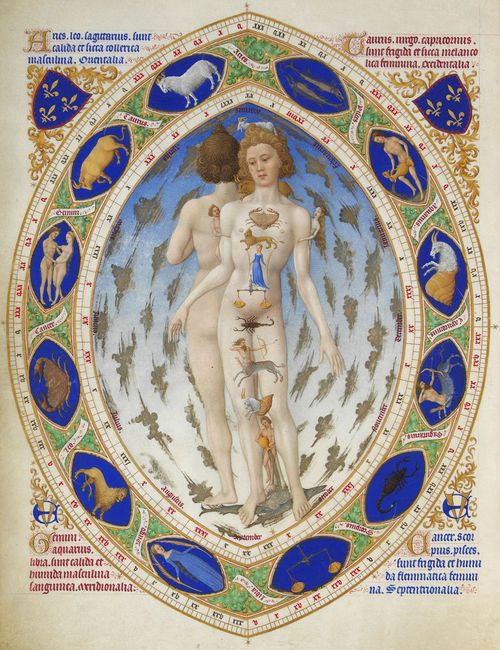
While astrology thrived in the East following the dissolution of the Roman Empire, amalgamating Indian, Persian, and Islamic influences and undergoing rigorous intellectual scrutiny through translation initiatives, Western astrology during the same period faced challenges. It became “fragmented and unsophisticated,” partly due to the decline of Greek scientific astronomy and partly due to condemnations by the Church.
The translation of Arabic astrological works into Latin began gaining momentum in Spain by the late 10th century, with the transmission of such works from Arabia to Europe experiencing significant growth in the 12th century.
By the 13th century, astrology had become integrated into everyday medical practices in Europe. Physicians merged Galenic medicine, inherited from the Greek physiologist Galen (AD 129-216), with astrological studies. By the late 1500s, European physicians were legally mandated to calculate the position of the Moon before undertaking intricate medical procedures, such as surgery or bloodletting.
Influential figures of the 13th century include the British monk Johannes de Sacrobosco (1195–1256) and the Italian astrologer Guido Bonatti from Forlì, Italy. Bonatti, who served various communal governments and advised Frederick II, Holy Roman Emperor, authored the renowned astrological textbook Liber Astronomiae (‘Book of Astronomy’) around 1277, hailed as “the most significant astrological work in Latin in the 13th century.”
Interestingly, Dante Alighieri depicted Bonatti in his Divine Comedy (early 14th century), placing him in the eighth Circle of Hell, where those who sought to divine the future are condemned to have their heads turned backward, symbolizing their inability to look forward.
In medieval Europe, the structure of a university education was delineated into seven distinct disciplines, each symbolically represented by a planetary body and collectively known as the seven liberal arts. Dante attributed these arts to the planets, aligning them in ascending order corresponding to the decreasing speed of planetary motion: grammar was associated with the Moon, dialectic with Mercury, rhetoric with Venus, music with the Sun, arithmetic with Mars, geometry with Jupiter, and astrology/astronomy with Saturn.
Astrological symbolism pervaded the literary works of medieval writers. For instance, Dante’s Divine Comedy intricately weaves references to planetary associations within its portrayal of Hell, Purgatory, and Paradise, mirroring the seven layers of Purgatory’s mountain purging the seven cardinal sins corresponding to astrology’s classical planets. Similarly, Geoffrey Chaucer explores astrological allegories and planetary themes in his writings.
Chaucer’s works frequently feature astrological passages, assuming a basic knowledge of astrology among his audience. He even penned a Treatise on the Astrolabe for his son, showcasing his understanding of the astrological and astronomical principles of his time. References to astrological concepts can also be found in the works of William Shakespeare and John Milton during the early modern period.
Among the earliest English astrologers documented was Richard Trewythian (b. 1393), whose notebook reveals a diverse clientele spanning various social strata. This indicates that astrology in 15th-century England was not confined to learned or elite circles.
During the Renaissance, court astrologers supplemented their horoscopic practices with astronomical observations and discoveries. Notably, figures like Tycho Brahe, Galileo Galilei, and Johannes Kepler, often credited with challenging traditional astrological beliefs, were themselves practicing astrologers.
However, by the end of the Renaissance, confidence in astrology began to wane, precipitated by the breakdown of Aristotelian physics and the rejection of the celestial-sublunar distinction that underpinned astrological theory. The emergence of heliocentrism and advancements in astronomy led to a decline in astrological credibility. Despite initial reluctance among astronomers to abandon the traditional worldview, by the 18th century, astrology had largely lost its intellectual standing, becoming viewed as a distinct divinatory and prognostic art divorced from scientific inquiry or religious practice.
Mesoamerica
The calendars of Pre-Columbian Mesoamerica trace back to a system in common use throughout the region since at least the 6th century BC. Initially employed by civilizations like the Zapotecs and Olmecs, later adopted by the Maya, Mixtec, and Aztecs, the Mesoamerican calendar underwent significant refinement, with the Maya making particularly sophisticated extensions and enhancements.
The Maya utilized two primary calendar systems: one for tracking the solar year of 360 days, crucial for agricultural and domestic planning, and another known as the Tzolkin, spanning 260 days, primarily utilized for ritual purposes. Both calendars were intricately linked to an elaborate astrological framework designed to encompass all aspects of life. For instance, the Mayan astrologer-priests would cast horoscopes five days after a boy’s birth to determine his future profession, whether as a soldier, priest, civil servant, or sacrificial victim. Additionally, the Maya meticulously monitored the 584-day Venus cycle, associating Venus with negative influences and often scheduling warfare to coincide with its appearances.
While Venus held a prominent position in Mayan astrology, there is evidence suggesting the tracking of other celestial bodies such as Mercury, Mars, and Jupiter, along with the presence of a Mayan zodiac. Interestingly, constellations were named after animals, such as Scorpio being called ‘scorpion’ and Gemini referred to as ‘peccary’.
One of the most renowned Mayan astronomical observatories is the Caracol observatory, situated in the ancient city of Chichen Itza in present-day Mexico.
The Aztec calendar closely resembles the Mayan calendar, comprising two main cycles of 360 days and 260 days. The 260-day calendar, known as Tonalpohualli, was predominantly employed for divinatory purposes. Like the Mayan calendar, these cycles combined to form a 52-year ‘century’, often referred to as the Calendar Round.
